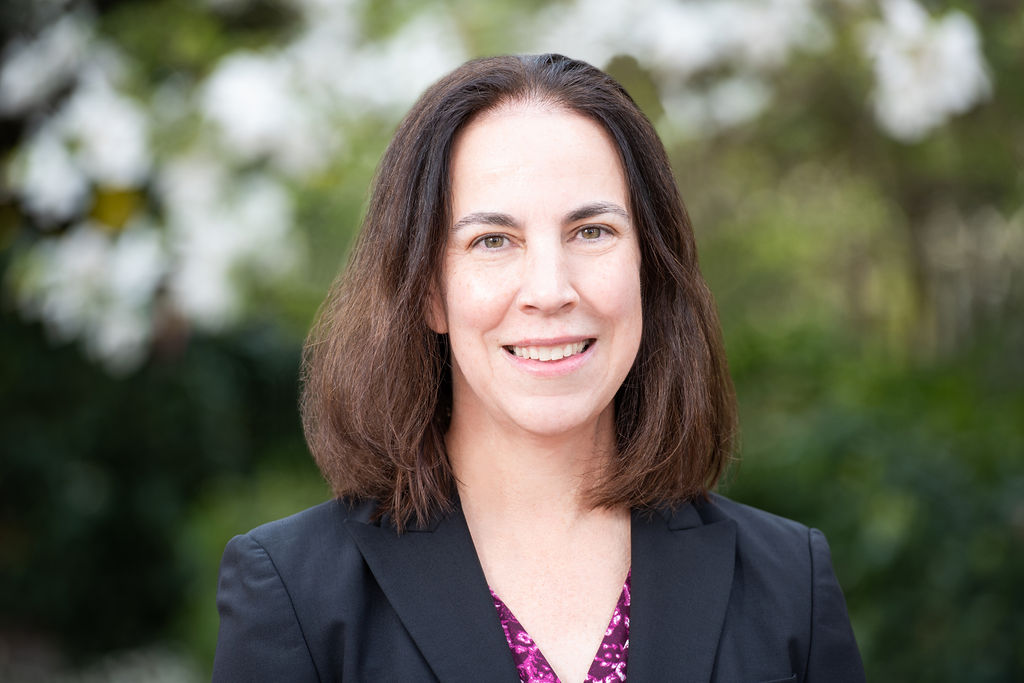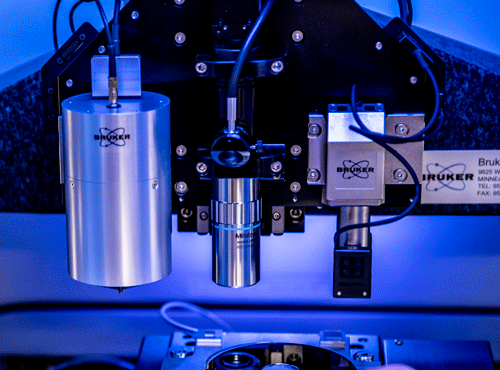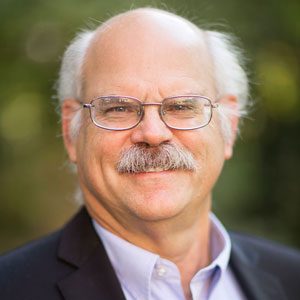
MolES is thrilled to announce that Lara Gamble, associate research professor in bioengineering at the University of Washington (UW), has been appointed director of the UW Molecular Analysis Facility (MAF), a fully-staffed instrumentation facility with extensive microscopy, spectroscopy, and surface science capabilities. Gamble will take over for long-time director Dave Castner, professor of bioengineering and chemical engineering at UW, who is retiring. Gamble has served as MAF associate director since 2013. She is also co-Director of NESAC/BIO, a preeminent surface science research center at UW, and was elected to the 2016-18 Board of Directors of the American Vacuum Society, an international community of scientists dedicated to promoting research in surface, interface, vacuum and thin film science.


The University of Washington and Oregon State University have won a $4.5 million, five-year grant from the National Science Foundation to advance nanoscale science, engineering and technology research in the Pacific Northwest and support a new network of user sites across the country.
The regional partnership was selected as one of 16 sites for a new National Nanotechnology Coordinated Infrastructure (NNCI) program. That network is designed to give researchers from academia, small and large companies and other institutions open access to university facilities with leading-edge fabrication and characterization tools. Read More

MolES faculty member and NESAC/BIO Director David Castner was recently awarded the 2014 Rivière Prize from the UK Surface Analysis Forum. This award is presented to researchers whose work has had a major impact on other researchers in the field of surface analysis.
In naming Castner the 2014 recipient, the UK Surface Analysis Forum cited his “contribution to the study, analysis and understanding of biological and biomaterial interfaces. David has provided stimulus, guidance and encouragement to researchers working in this growing field and has been quick to recognize and investigate the potential of methods new to the area, such as SIMS, NEXAFS and non-linear optical techniques. Read More